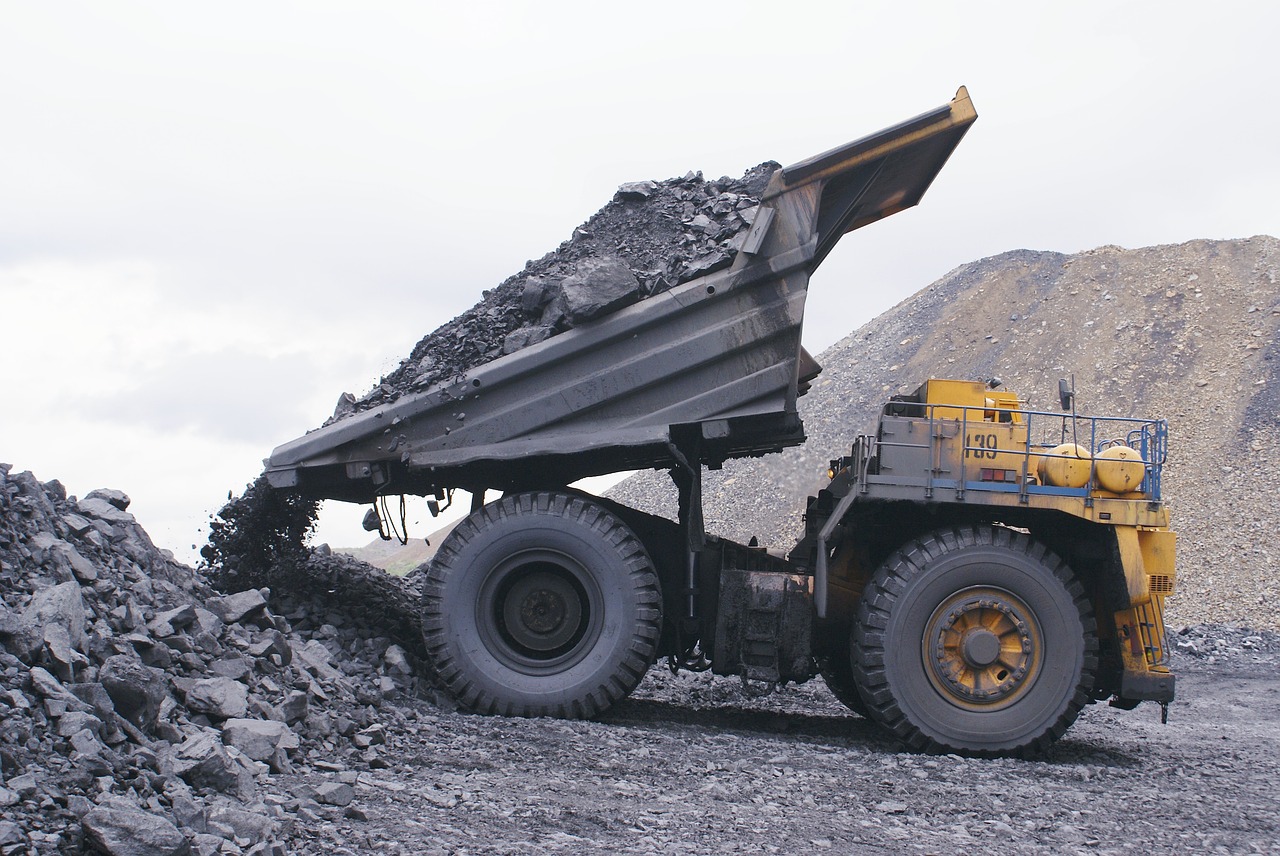
Coal is the world’s second-largest source of energy (after oil), accounting for 40 percent of worldwide electricity generation, according to the International Energy Agency, a multilateral think tank. It’s “affordable, easy to transport, store and use, plus free of geopolitical tensions; all these attributes made it very popular,” the IEA says.
Despite the well-known environmental impacts of burning coal – pollution, cancer and climate change, for starters – it is still popular, enjoying steady growth in developing countries like India. After booming for years, however, demand is falling in China, where authorities are facing public anger about dirty air.
In America, the mining and burning of coal is heavily regulated, and research has shown that laws like the Clean Air Act save lives. But less often considered is the effect of transporting coal. When coal is shipped on barges and trains, or in the backs of trucks, microscopic dust – a.k.a. fine particulate matter, often known as PM2.5 – flies into the air. A new study quantifies how the transportation and burning of coal affects the health of nearby residents.
An academic study worth reading: “Handle with Care: The Local Air Pollution Costs of Coal Storage,” a working paper by the National Bureau of Economic Research, 2017.
Study summary: Akshaya Jha of Carnegie Mellon University and Nicholas Muller of Middlebury College build on previous studies that find federal clean air regulations mostly benefit Americans by reducing PM2.5 levels. But unlikely previous studies of emissions from coal-fired power plants, Jha and Muller look at “the environmental consequences of the coal purchase and storage behavior of U.S. power plants.”
They map Environmental Protection Agency (EPA) data on PM2.5 levels from about 1,000 locations across the country between 2002 and 2010, comparing these both to government weather data and county-level cause-of-death information from the Centers for Disease Control and Prevention. They compare these to the locations of coal stockpiles.
By adding a variety of controls and excluding deaths from unrelated causes, Jha and Muller claim to prove that the coal shipments are causing nearby spikes in death from respiratory and cardiovascular diseases. Their cost-benefit analysis also finds that one ton of coal causes more economic damage to humans and society at large than it costs to procure.
Key takeaways:
- Airborne PM2.5 particles are more abundant when coal storage facilities receive more deliveries. The authors note that a 10 percent increase in the number of deliveries results in a 0.12 percent increase in average airborne PM2.5 concentrations.
- This concentration is “highly localized” – unlike emissions released into the atmosphere by burning coal, these are largely blown around at ground level and affect people living within 25 miles of coal-fired power plants or coal-transfer facilities, such as seaports with export terminals in densely populated areas like Los Angeles, Houston, and Baltimore.
- A 10 percent increase in PM2.5 leads to a 1.1 percent increase in adult deaths and a 6.6 percent increase in infant deaths.
- Applying the “value of a statistical life” (VSL) – a measurement commonly used in academic and government studies (where a human life is worth a little under $10 million) – the authors find the environmental cost of one ton of coal delivered at about $203. Translation: $10 million divided by $203 suggests that about 49,261 tons of coal delivered would kill one person. (The U.S. consumed about 800 million tons of coal in 2015, according to government statistics.)
- At export terminals, the authors estimate local environmental costs of $325 per ton of coal stored – this is higher because they are generally in urban areas where more people are impacted.
- “Our air pollution cost estimates are sizable given that the average U.S. coal-fired power plant pays roughly $48 per ton for coal, stockpiles 212,781.6 tons of coal and has 106,235 tons of coal delivered to it each month.”
Helpful resources:
- The EPA publishes an explainer on how it uses the value of a statistical life (VSL), which, after public outrage over the term, it has started calling a “mortality risk valuation.”
- The Wall Street Journal explained the VSL metric in 2016, calling it “an estimate of the amount of money the public is willing to spend to reduce risk enough to save one life.”
- The EPA also has a resource page on the Clean Air Act.
- The International Energy Agency has a data-rich resource page on the international coal industry and markets.
Other research:
- The EPA has shown that benefits from the Clean Air Act, which requires coal-fired power plants to reduce emissions, exceed its costs by more than 30 to one. By 2020, the Act is expected to prevent over 230,000 premature deaths.
- Our 2016 research roundup finds that environmental regulations do not negatively impact overall employment figures – i.e., contrary to some claims, they do not kill jobs.
- We have profiled research on the public health impacts of coal-fired power plants and on air pollution in China, which is largely caused by coal.
- Back in 2013, we interviewed a reporter who is well versed in the controversies of the coal industry in his native West Virginia.
